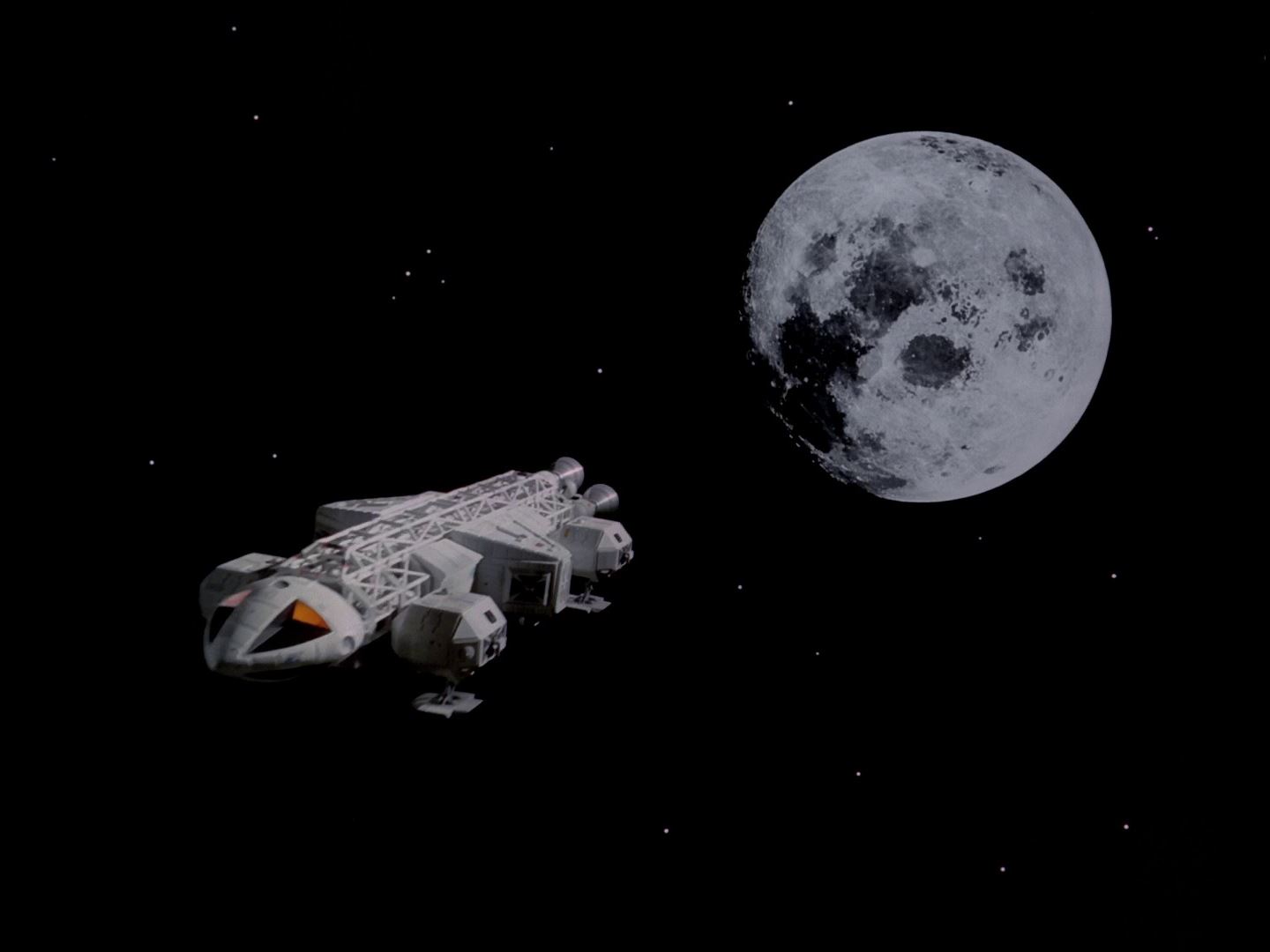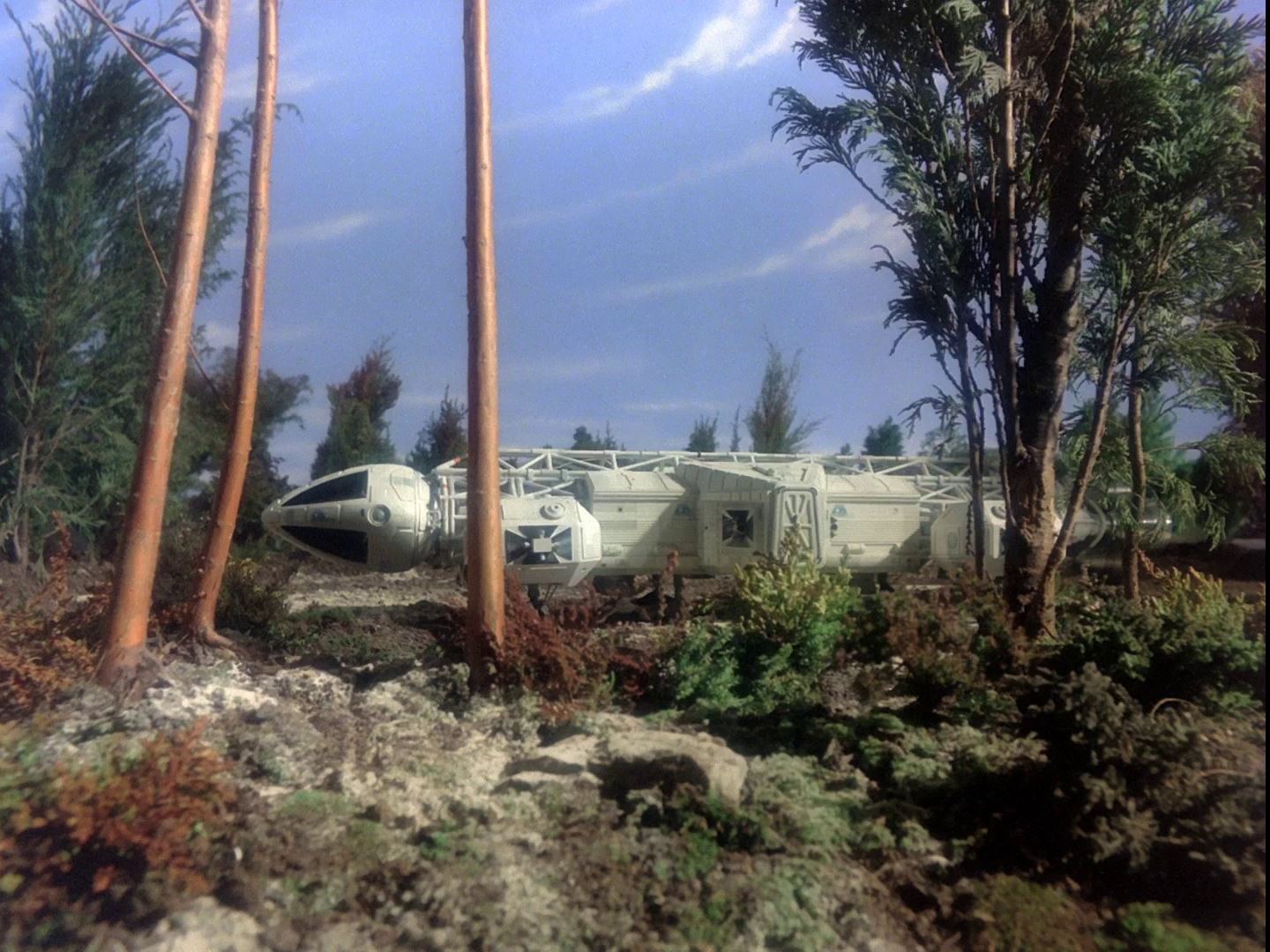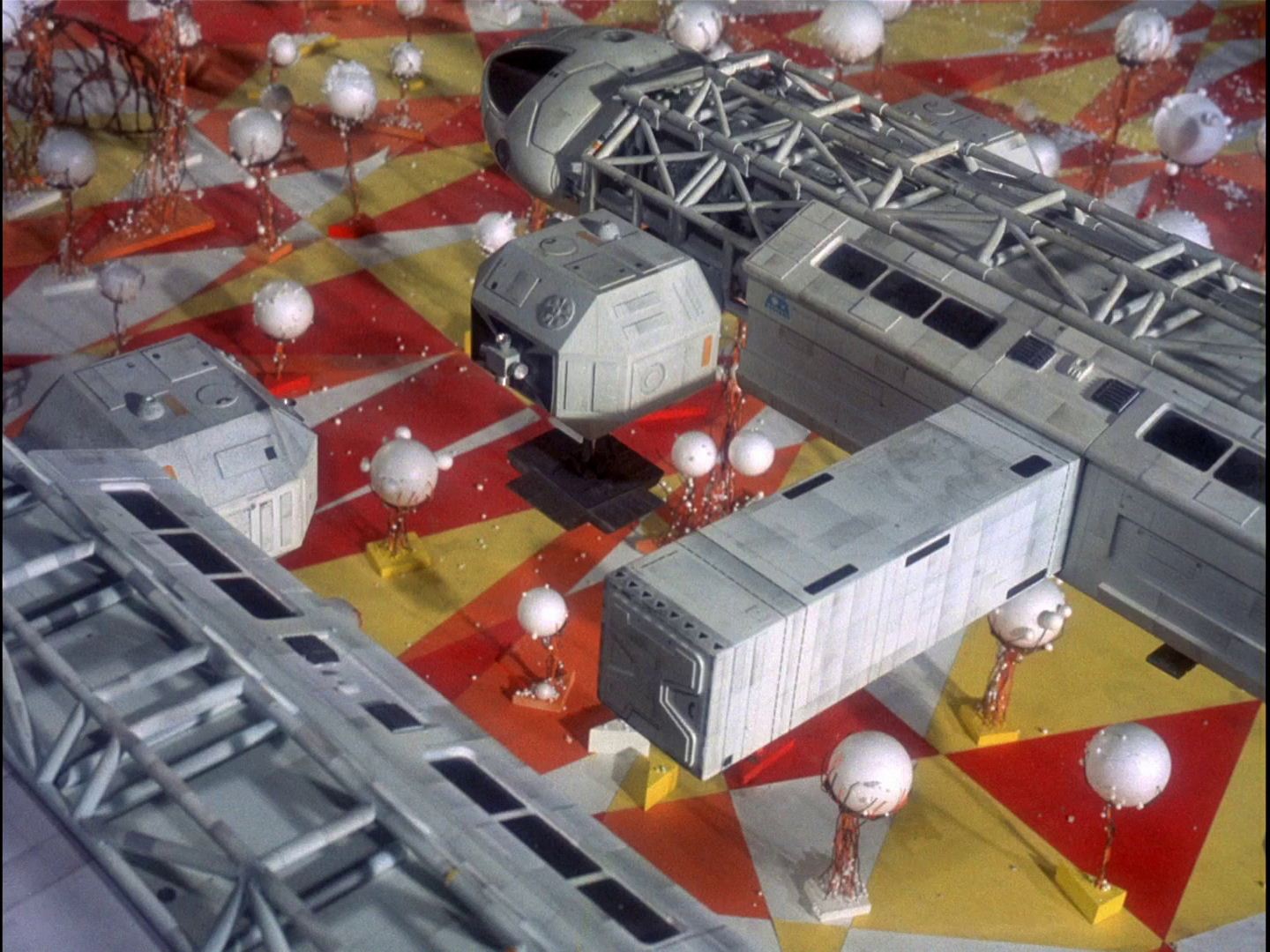One might assume that a key function of the forcefield is to exert pressure on the skin, including the face, for that comfortable feel in stark vacuum. The alternative is that there's a layer of comfortably pressurized air inside the forcefield armor - but in both cases, one might assume that for reasons of thermal management and breathing, the forcefield actively pumps the air around in nice peristaltic waves.
There could then be a tank of extremely compressed air in the belt, with pressure regulation handled by a nicely packaged valve and the field itself together. Sort of like those ridiculously small bottles James Bond uses for his underwater tuxedo forays, only better thanks to future materials. A "supply" is preferable to a recycling system anyway, because even the bulky physical spacesuits risk running out of air or oxygen in a matter of mere hours rather than the months or decades one would expect, all the way to the late 24th century.
As for the suit heaters, forty degrees Farenheit as found on Sigma Draconis VI is comfortable enough without gloves or headgear, and Chekov does feel the need to warm his hands. A body-embracing invisible forcefield would still make the heroes happier than a warm uniform, I'd think.
Timo Saloniemi
There could then be a tank of extremely compressed air in the belt, with pressure regulation handled by a nicely packaged valve and the field itself together. Sort of like those ridiculously small bottles James Bond uses for his underwater tuxedo forays, only better thanks to future materials. A "supply" is preferable to a recycling system anyway, because even the bulky physical spacesuits risk running out of air or oxygen in a matter of mere hours rather than the months or decades one would expect, all the way to the late 24th century.
As for the suit heaters, forty degrees Farenheit as found on Sigma Draconis VI is comfortable enough without gloves or headgear, and Chekov does feel the need to warm his hands. A body-embracing invisible forcefield would still make the heroes happier than a warm uniform, I'd think.
Timo Saloniemi






